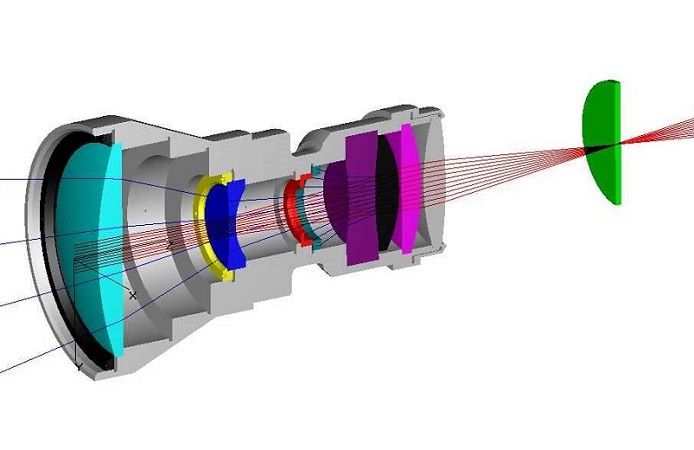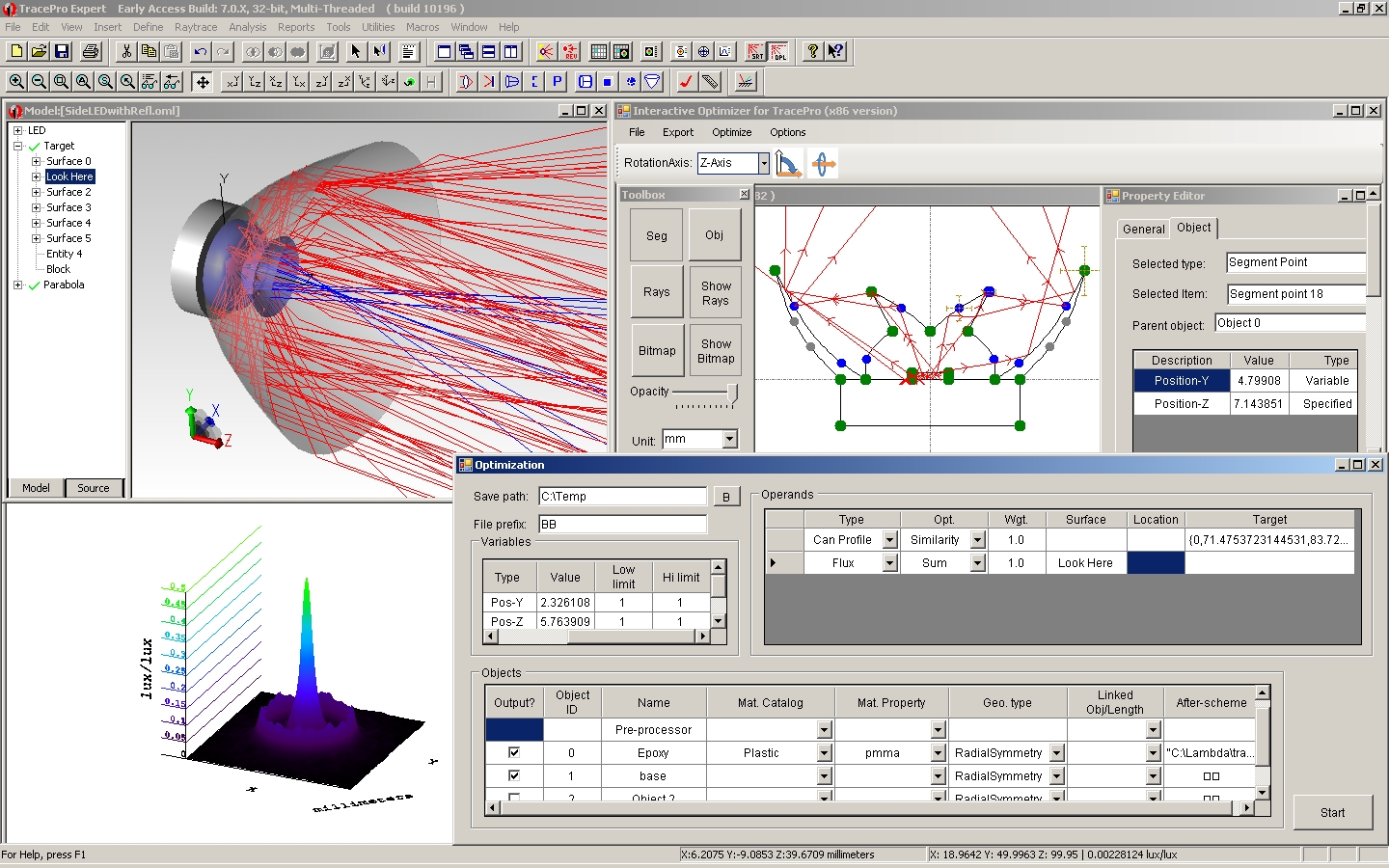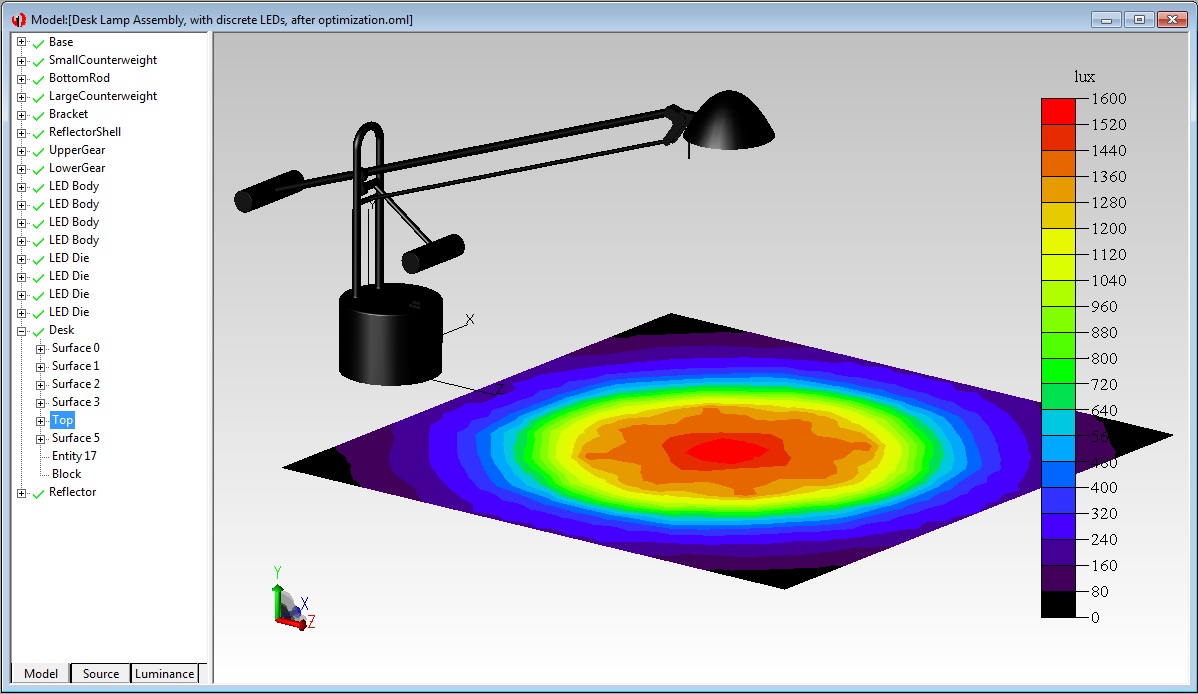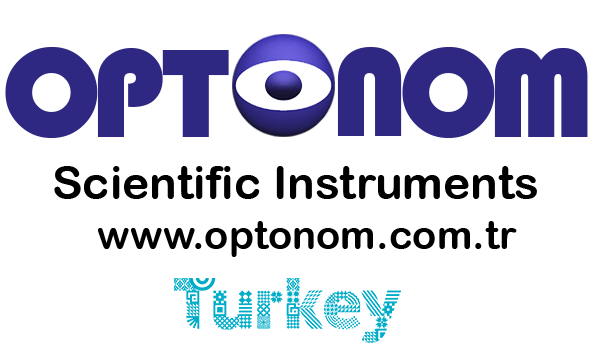OPTICAL SYSTEM DESIGN


Your product or project is carried out through computer assisted software (by using programs such as TracePro, OSLO, RayViz) through optical engineering studies. At the same time, the opto-mechanical design of a system (SolidWorks, Catia, Autocad etc.) is completed and the production is made ready in our company. The design can be analyzed and harmonized with other applications such as Optis, Speos, Zemax, Lighttools.
With optimization, accurate geometry, light distribution, light intensity settings, homogeneous distribution of light, summarized light properties are analyzed. Beam tracking and beam analysis are performed. It is possible to design original lighting tools not only for ready-made models but also for a newly created object. For example, a model drawn in SolidWorks can be analyzed in terms of radiation and illumination in our company. Technical support is provided by experts such as physicists and physics engineers.
Optonom Scientific Instruments Company is actively working on reflector and lens design for the LED lighting industry.


In house, it is possible to design any desired optical system according to the specifications. An example of the original product is the design of different LEDs with varying color temperatures throughout the day. New products and new model designs will also shorten the production cycle and reduce production errors.
In general, it is possible to design and provide support in the following areas:
• Reflector Design
• LED Lighting Design
• LED Panel and Projector Design
• Lens Design
• Contact Lens Design Fiber Lighting
• TV Backlight Design
• 2D-3D Optimization
• Light Pipe Design
• Illumination Design in Biomedical Applications
• Stray Light Analysis
• Spot Lighting
• Solar Lighting
• Automotive Interior and Exterior Lighting
• Military Optical Hardware Design
We have extensive experience in physical optics, geometrical optics, photonics, optical physics, opto-mechanics and opto-electronics. We design complex optical systems and precision optics for different applications.
As Optonom Scientific Instruments we use the most advanced calculation tools as OSLO, TRECEPRO to establish an optical model and simulate the operation of the optical systems, considering the propagation of light from a source or scene, through optical means and reaching a sensor.
Through calculation, simulation and implementation of optimization algorithms, we mold the optical components to achieve the best optical function, taking into account environmental factors such as tightness, pressure or vibration. This involves varying optical surfaces, relative distances, materials, optical coatings, always without forgetting the manufacturability. We also use our experience in optical freeform, aspherical surfaces (aspheres), cylindrical surfaces for anamorphic optics or diffractive and refractive optics.
Optic is a science that scans the parts of the electromagnetic spectrum, called light, called ultraviolet (100-400nm), visible (400-700nm) and infrared (750nm - 1mm). All tools, devices and devices made to give direction and shape to this field light are described as optical system.
They are best known for a myriad of examples of cameras, telescopes, handhelds, lighting systems, reflectors, binoculars, headlamps, periscopes, microscopes, projectors, camcorders, In order to be able to design such a system, it is necessary to have knowledge about optical design as well as basic physics and optics knowledge. In addition, today, TracePro is highly sophisticated computer software to help designers.


Various types of optical devices or instruments are used to analyze the properties of optical materials:
The interferometer measures the interference characteristics of light waves;
The photometer measures the light intensity;
Polarimeter to measure polarizer light scatter or rotation;
A reflectometer can measure the reflectance of a surface or object;
The refractometer measures the refractive index of various materials;
Measuring or producing a part of the optical spectrum for spectrometer or monochromator, chemical or material analysis, Autocolator, measuring angular deviations;
Vertometer is widely used to determine the refractive power of lenses such as glasses, contact lenses and magnifying glasses. In the integration of industrial applications of such systems, technical support service is also provided by our company.
Sequential Optical Systems
It is a system in which the light rays emitted from the source are sequentially passed to the optical elements following a certain order. Systems such as a photographic machine, a telescope microscope, etc., which come to mind first as an optical system, are examples for successive systems.
In our daily life, we use glasses lenses, telescopes used for surveillance and evaluation, binoculars, periscopes, lenses of visible and near (nir-swir), middle (mir), far (lwir) design and engineering studies of other optical systems such as used eye, ear examination instruments, endoscopes, industrial and other multi-field spectrometers, complex optical systems designed for use in scientific research, military sightings etc. physicists, physics engineers and optical engineers.


Optimization is the process by which a design is improved by changing the values of a set of parameters (called variables) such that the value of a merit function is reduced, or ideally, driven to zero. The process requires definition of performance criteria via the merit function and effective variables to achieve this goal. This article provides a recommended approach for the optimization specifically of non-sequential optical systems.
The firm Optonom Scientific Instruments provides ability to conduct optical projects professionally for national and international companies, institutions or individuals by design, engineering and manufacturing are provided with consultancy services.
Being representative of TracePro, OSLO and RayViz software carries out by our company in Turkey. Particularly Optonom is active working on designing original new reflectors for the LED lighting sector.
TracePro is an award-winning opto-mechanical program for design, analysis and optimization of optical and lighting systems.
TracePro offers impressive and powerful optical design capabilities to speed up product-time-market components with Easy-to-use CAD interface and powerful optimizer software.
For detailed document click here

.png)
